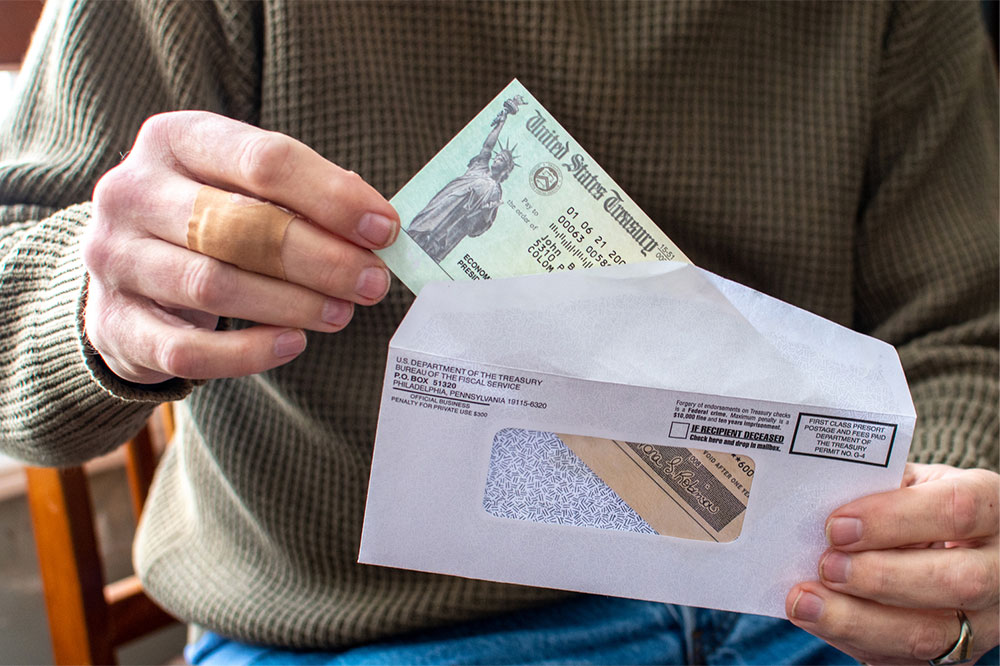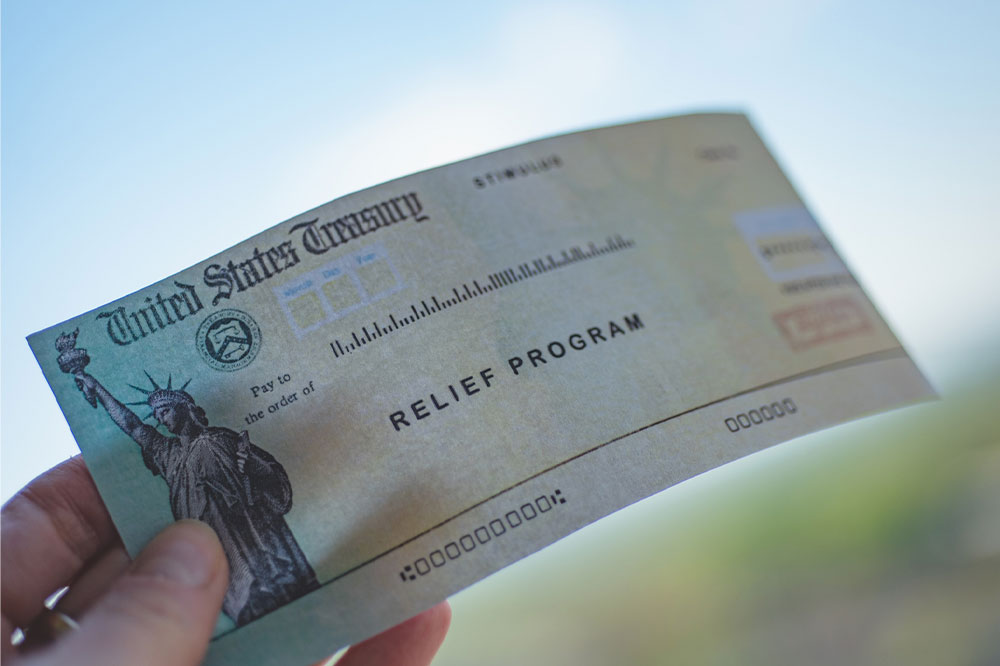Comprehensive Overview of Stimulus Payments: Essential Information You Should Know
This comprehensive guide explores the history, purpose, and strategic use of government stimulus payments. Covering past rounds from 2008 to 2021, it highlights how these direct financial aids support individuals during economic crises like the COVID-19 pandemic. The article offers insights into effective ways to utilize stimulus funds, future outlooks, and their significance in economic policy. Perfect for those seeking a detailed understanding of stimulus payments and how they can benefit financially during challenging times.

What Are Stimulus Payments and Why They Matter
Stimulus payments are significant financial grants provided directly by government authorities to individuals and families during periods of economic downturns. These monetary aids are designed to stimulate national economic activity by increasing consumer spending and offering immediate financial relief to those facing financial hardships. During challenging times such as pandemics, recessions, or other economic crises, stimulus checks serve as crucial support mechanisms to sustain households and stabilize overall economic health.
Unlike tax credits, which effectively reduce your tax bill over the year, stimulus payments provide quick, direct cash transfers. Their primary goal is to offer timely financial assistance to individuals and families who are most vulnerable during economic downturns, helping them cover essential expenses like housing, food, healthcare, and utilities. As a strategic economic measure, stimulus payments help mitigate the adverse effects of economic shocks and support economic recovery efforts.
The concept of government-issued stimulus packages is not new. Over the decades, different administrations have enacted various measures to counteract economic slowdown signs. The issuance of stimulus payments has played an essential role in these strategies, particularly during major economic crises such as the 2008 financial crisis and the COVID-19 pandemic. These packages aim to bolster consumer spending, reduce unemployment, and curb economic decline by infusing direct cash flows into the economy.
Historically, multiple stimulus rounds have been executed with specific focuses on aiding low- and middle-income households, which typically bear the brunt of economic slumps. These packages are often tailored to address immediate needs, promote economic activity, and prevent long-term damage to the financial stability of individuals and the broader economy.
A Detailed Timeline of Major Stimulus Payments
February 2008: Under President George W. Bush, the government distributed approximately $120 billion to taxpayers, where individuals received up to $600, and married couples could receive up to $1,200. This was part of the response to the economic stress caused by the housing market collapse and financial crisis that year.
February 2009: The American Recovery and Reinvestment Act (ARRA) of 2009 was enacted, providing one-time payments of $250 to $13.2 billion. Additionally, it included tax reductions and credits designed to stimulate economic activity by boosting disposable income for eligible taxpayers, especially lower-income families.
March 2020: As the COVID-19 pandemic escalated, the CARES Act was passed, providing direct payments of $1,200 to individuals and $2,400 to married couples. Families with children received an extra $500 per qualifying child, aiming to help cover increased expenses during the health crisis and economic shutdowns.
December 2020: A supplemental stimulus bill was approved, issuing $600 payments to individuals and similar support measures for families, with additional payments for dependents and children to assist those most affected by ongoing pandemic challenges.
March 2021: Under the American Rescue Plan Act (ARPA), the government issued $1,400 stimulus checks, phased out gradually for higher-income brackets, aiming to extend substantial support to households still struggling amid the pandemic's economic repercussions.
Effective Strategies for Using Stimulus Funds
Save: Placing your stimulus money into high-yield savings accounts or other secure investment options can build an emergency fund, ensuring financial security during future unforeseen events.
Refinance: Utilizing some funds to refinance existing loans, such as mortgages, can lower interest rates and monthly payments, resulting in long-term savings and increased financial flexibility.
Reduce Debt: Paying off high-interest debt, such as credit card balances or personal loans, improves your credit profile, reduces financial stress, and accelerates wealth building.
Looking Ahead: The Future of Stimulus Payments
As economies recover from recent crises, experts generally forecast no immediate plans for a fourth wave of COVID-19 stimulus checks. However, some states and local governments may introduce their own support measures to assist residents coping with inflation, rent increases, or ongoing pandemic effects. While stimulus payments have proven effective in providing short-term relief and supporting economic stabilization, ongoing debates remain regarding their long-term impact, efficiency, and potential consequences such as inflation or increased national debt.
Overall, stimulus payments have been a vital tool in economic policy, especially during times of crisis. They help inject liquidity into the economy, reduce financial hardship, and support recovery. Understanding their history, optimal usage, and future prospects can help individuals make better financial decisions during uncertain times.





